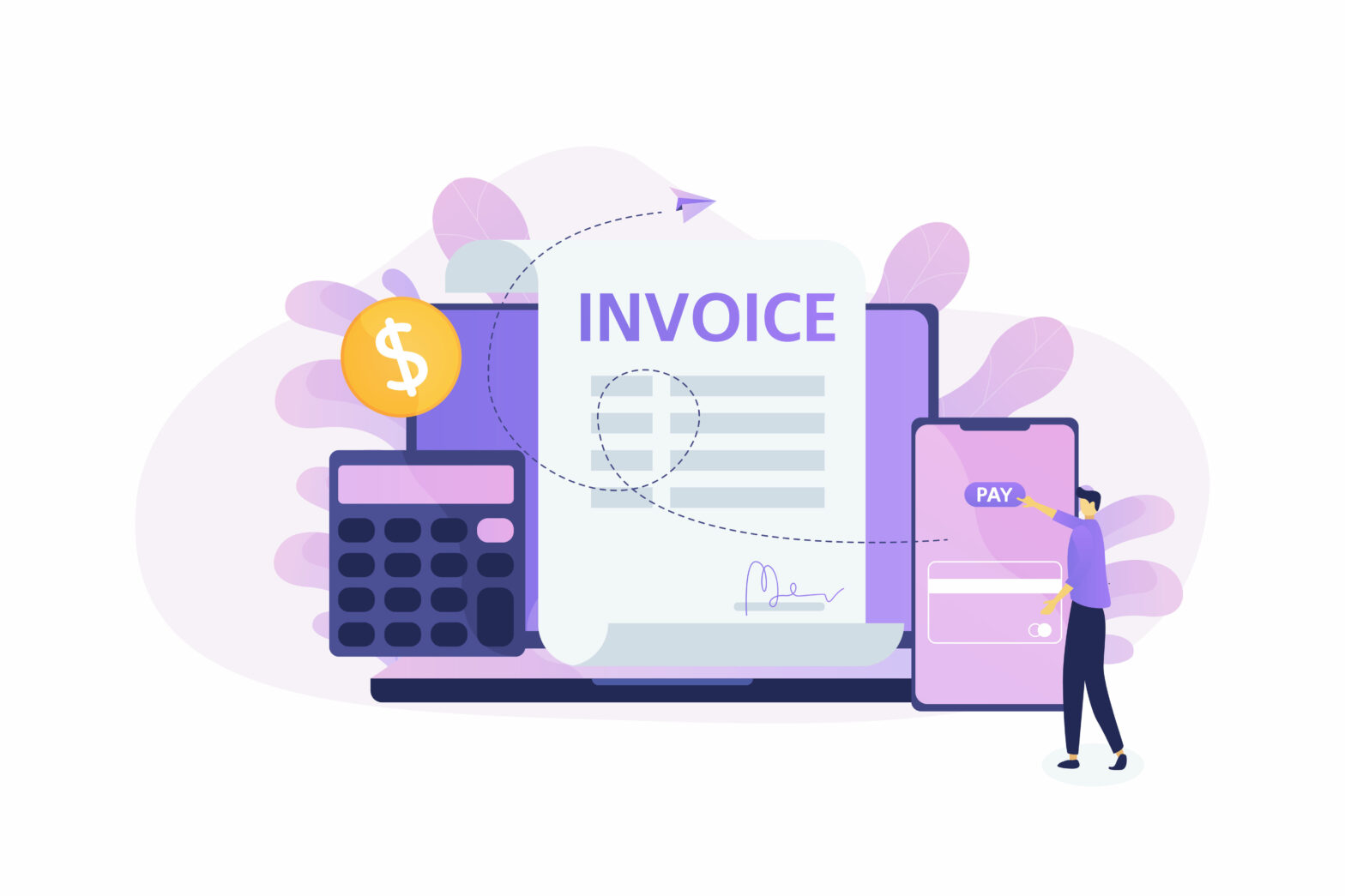One fascinating consequence of the ongoing financial crisis is the emergence of a new breed of finance providers – crowdfunders and/or peer-to-peer lenders and investors. They seem to be growing rapidly and are generating much press coverage as alternatives to banks and venture capital investors.
“Crowdfunding”, where lots of individuals come together to finance a project, seems to have originated in the creative and charitable sectors and was largely philanthropic. In more recent years, the definition has grown to include commercial finance, where those providing the finance are looking for a return on their money. Before it was called crowdfunding however, it existed for generations, particularly in theatrical productions (anyone who has seen the hilarious Mel Brooks film the Producers will recognise the model, although the dishonesty in the film is obviously not typical).
The concept of crowdfunding
If we ignore, for our purposes, the charitable sector, the theory of crowdfunding and peer-to-peer lending is pretty simple. Bring together people who want to borrow with those that want to lend in as cheap and efficient a way as possible. By taking out the middleman (in this case, bank, factoring company or VC fund) you can generate lower costs to borrowers and/or higher returns to lenders.
The middleman becomes an administrator, simply enabling matches between lenders and borrowers and therefore escapes much of the physical and regulatory costs that traditional lenders and investors have to bear. If you can automate, or web-enable the matching processes, even better, because the costs of matching largely don’t go up with the number of transactions (or certainly not at the same rate).
Another advantage is that the prices at which loans and investments are made are often set by auction, so everyone is getting a true, competitive market price and not a price set by a committee or a third party. Importantly as well, the relatively low costs of entering the market as a middleman mean that there is lots of scope for innovation and competition between platforms.
The outlook for small and medium-sized businesses (SMEs) wanting to borrow, either short-term for cash flow or longer term for investing, can only therefore be improved by the emergence of this new breed of lender and investor platforms. They will all be competing and that should drive down the cost of borrowing and increase innovation in the supply of finance to SMEs.
Like everything in life however, it may not be quite that simple. The first thing to consider is that, like any business, these new finance platforms will need to demonstrate success in order to generate new lenders and borrowers and increase their own income. To be sustainable, they need lots of individuals willing to lend or invest their money through the platforms. Those individuals will only do that if they can earn a return from their investment which is greater than they can get elsewhere. That suggests two things:
• The platforms are only likely to want to offer the lowest possible risk opportunities for them to lend to (because losses from bad loans will reduce the return to the lenders and they will take their money elsewhere).
• There needs to be more good businesses wanting to borrow than lenders wanting to lend in order to keep the highest possible returns to lenders.
So you are most likely to be able to borrow through these platforms if you are a high-quality borrower with a good credit rating, cash flows available to service the loan and, in some cases, are willing to provide additional security and/or a personal guarantee. In other words, exactly the same kind of business that a bank would want to lend to, even in the current climate.
More choice for finance
If that is the case, then the platforms are not really adding much to the supply of finance to SMEs but are offering those “gilt-edged” SMEs greater choice as to where they can get that finance from. Where the platforms can still offer some real advantage to these borrowers is on price, because they do not have to carry the heavy costs (in terms of branches, people, regulatory capital costs etc’) that banks do. And that price advantage for the borrower will continue to grow as more and more lenders want to use the platforms.
But the more the price of borrowing for the SMEs falls, then the more the returns to the lenders falls, and the less likely they will want to lend through the platforms! It is impossible to know how big this market will become or how quickly it will grow. What does seem certain now is that it gives some SMEs more choice about where to borrow from, probably a price advantage and probably some greater flexibility in terms of what is on offer and speed of transactions (when compared to the banks and factoring companies).
Those are all very good things for SMEs. If these platforms are to become a significant force in financing SMEs, they would seem to need to be able to offer more sophisticated credit assessment of a wider range of borrowers. Only then can lenders price their lending in order that their gains from good loans can outweigh the losses from defaulting loans. Some platforms are moving in this direction already. If they succeed, they could free up the lending markets considerably.





